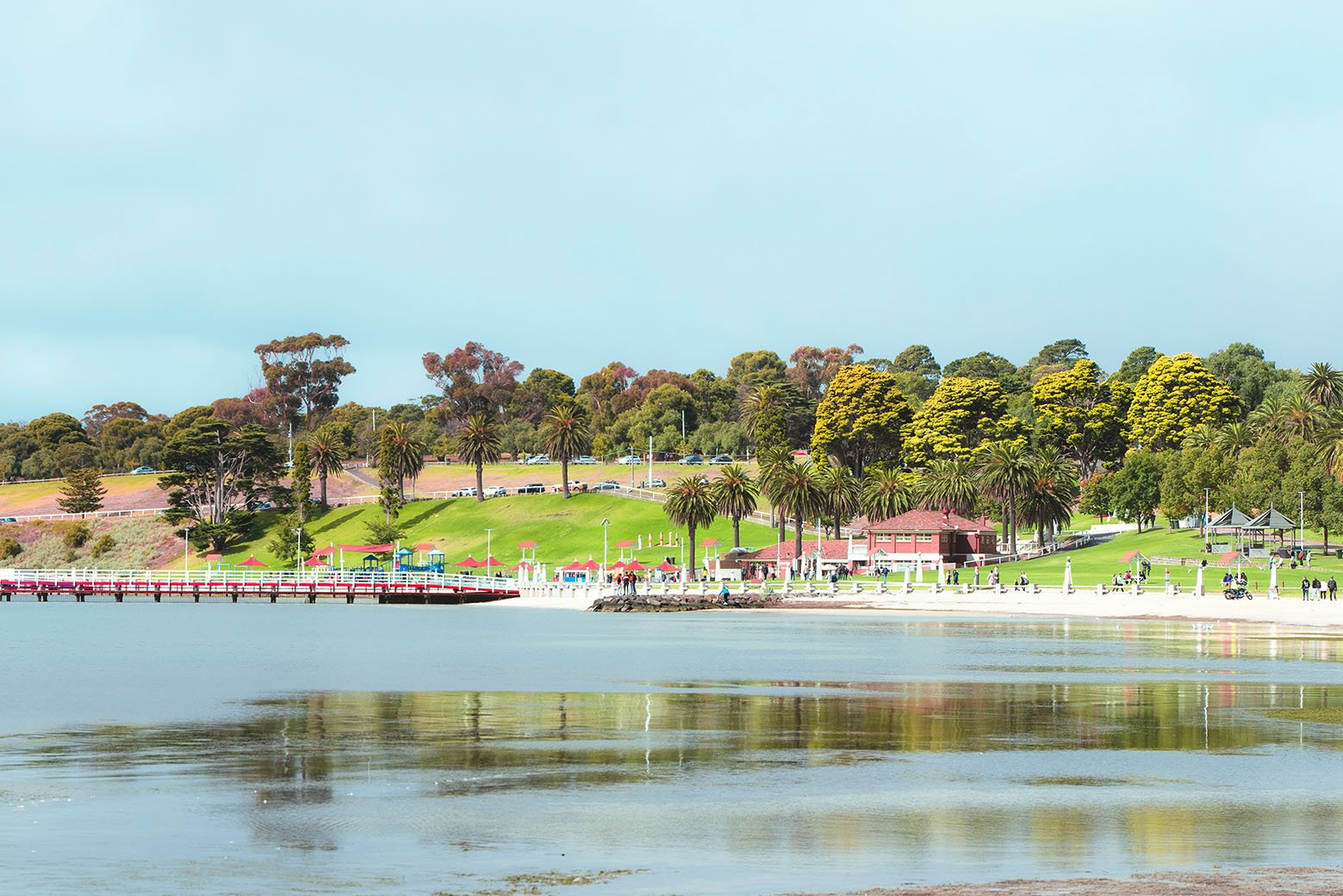The Gateway City
Geelong was first inhabited by the Wadawurrung peoples, and the name is derived from their language. In Wadawurrung the area is called Djilang, which means 'tongue of land'.
The first European to visit the area was John Murray, who was a Lieutenant on the HMS Lady Nelson. In 1802 he sent a landing party to explore the area. In 1838 a town was formally established.
In the 1850s gold was found in nearby Ballarat, and Geelong became an important transit point in this Gold Rush. However, Geelong was soon overshadowed by its neighbours, and was sometimes referred to as 'Sleepy Hallow'.
Over time Geelong became an important Australian manufacturing hub, with the automotive industry growing as a key industry. Ford Motors had a large factory in the city, which began production in 1925, as did several other industrial concerns. However, Geelong suffered an industrial decline at the end of the 20th century, and in 2016 the Ford plant closed.
Geelong's Rebirth
In the 1990s, Geelong's Waterfront was redeveloped, a development that led to it becoming a major tourism draw for the city. As heavy industry shut down in the city, a new Geelong emerged, with tourism, post-secondary education (in the form of Deakin University), and hi-tech manufacturing taking the place of the old factories.
Geelong's Future
Geelong is now the second fastest growing city in Australia, and there are plans to continue moving the city forward.
A recently released plan entitled The Geelong City Deal is a 10-year plan that will pump half a billion dollars into Geelong, with the goal of continuing the revitalization of the city, and unlocking the potential of the Great Ocean Road visitor economy.
In 2017 Geelong became Australia's first (and only) UNESCO City of Design, part of the UNESCO Creative Cities Network.

